Abundant workforce may put pressure on economy
An abundance workforce may put pressure on Vietnam’s economy, as it could exacerbate unemployment and underemployment.
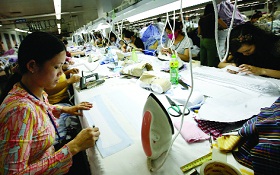 An abundant workforce is putting increased pressure on job creation |
Vietnam’s workforce in 2009 totaled around 48.34 million people. Of which, the number of youths aged 15-34 in the workforce was 20.97 million people, accounting for 43.4 per cent of the total workforce. The report estimated that the workforce would continue to expand significantly from 2010 to 2015 at an estimated 1.5 per cent each year, or by 738,000 people.
“A large proportion of young people will ensure that Vietnam will not have to face the dangers of labour shortages in the future,” said Nguyen Thi Lan Huong, director of the Institute of Labour Science and Social Affairs.
However, an abundance of workers would be a challenge for Vietnam to create jobs, and it may exacerbate unemployment and underemployment rates in the country, according to the report.
Vietnam’s unemployment in 2009 was 2.9 per cent of the total workforce, of which unemployment in urban areas was 4.64 per cent.
The report stated that unemployment would grow in the coming years if the government did not introduce proper human resources development policies to improve the productivity of the Vietnamese workforce.
The weak employment generation compared with economic growth in Vietnam is evidence of this challenge. During 2004-2008, the employment elasticity of total employment to total gross domestic product was only 0.28 per cent. That means that for every 1 percentage increase in gross domestic product, employment grew by only 0.28 per cent.
Dam Huu Dac, Vice Minister of MoLISA, said this figure had not been improved.
According to the report, the challenge would not be easily overcome in Vietnam’s current context. The first reason is that the number of registered enterprises per capita remained tremendously low, and the majority of enterprises are small or medium-sized firms with limited capacities to generate new wage employment.
Secondly, labour market information is weak, leading to mismatches between labour market demand and supply. Another problem was the large untrained workforce in Vietnam, Huong said, adding that currently, about 70 per cent of the total workforce was unskilled.
Over the past few years, Vietnam has relied on low labour costs to build up its export-oriented and labour-intensive industries, such as textiles, garments and footwear, which require simple workforces.
However, this comparative advantage will be lessened in the coming years as the country moves up the value chain in regional and global production networks and produces more technological and capital-intensive products.
Many foreign investors investing in Vietnam have been complaining that they have difficulties recruiting enough labourers. Dac said the reason was that Vietnam did not have enough skilled workers for foreign companies’ demand.
He said that the government was now improving human resource quality by expanding and encouraging the development of vocational training schools and education systems. But he admitted that human resource quality could not be improved in just a short time.
What the stars mean:
★ Poor ★ ★ Promising ★★★ Good ★★★★ Very good ★★★★★ Exceptional
Related Contents
Latest News
More News
- Vietnam’s economy on track for 6.5 per cent growth despite Typhoon Yagi, says HSBC (October 01, 2024 | 16:46)
- Vietnam urges China to expand market access for agricultural products and strengthen trade ties (October 01, 2024 | 16:42)
- IMF predicts Vietnam's economic growth to reach 6.1 per cent in 2024 (September 30, 2024 | 18:26)
- Deli Group breaks ground on $270 million factory in Hai Duong (September 30, 2024 | 18:17)
- Government considering tax on multiple properties (September 27, 2024 | 20:17)
- Accuracy more vital than ever in dawn of AI (September 26, 2024 | 20:44)
- Vietnam remains attractive destination for US businesses (September 26, 2024 | 20:23)
- New innovation centre inaugurated during HEF 2024 (September 25, 2024 | 09:00)
- China's Geely to build $168 million automobile facility with Tasco in Thai Binh (September 24, 2024 | 19:03)
- Spate of claims made in typhoon aftermath (September 19, 2024 | 17:00)




 Tag:
Tag: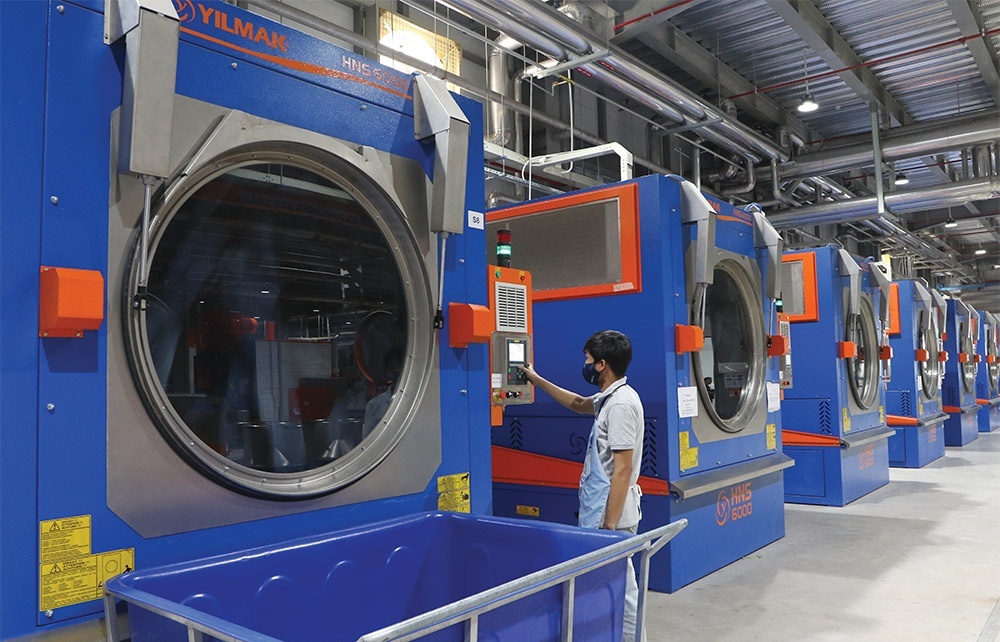
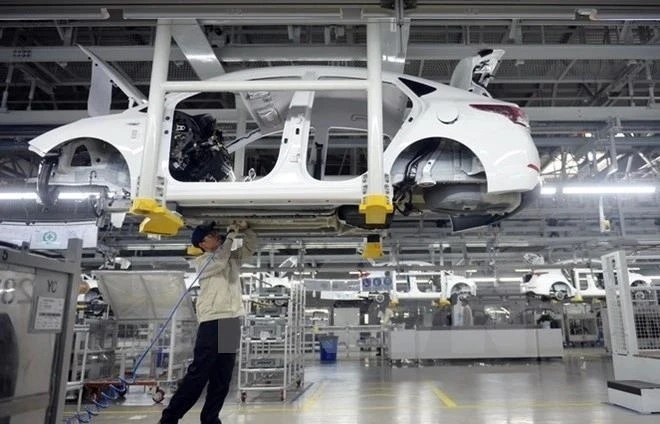
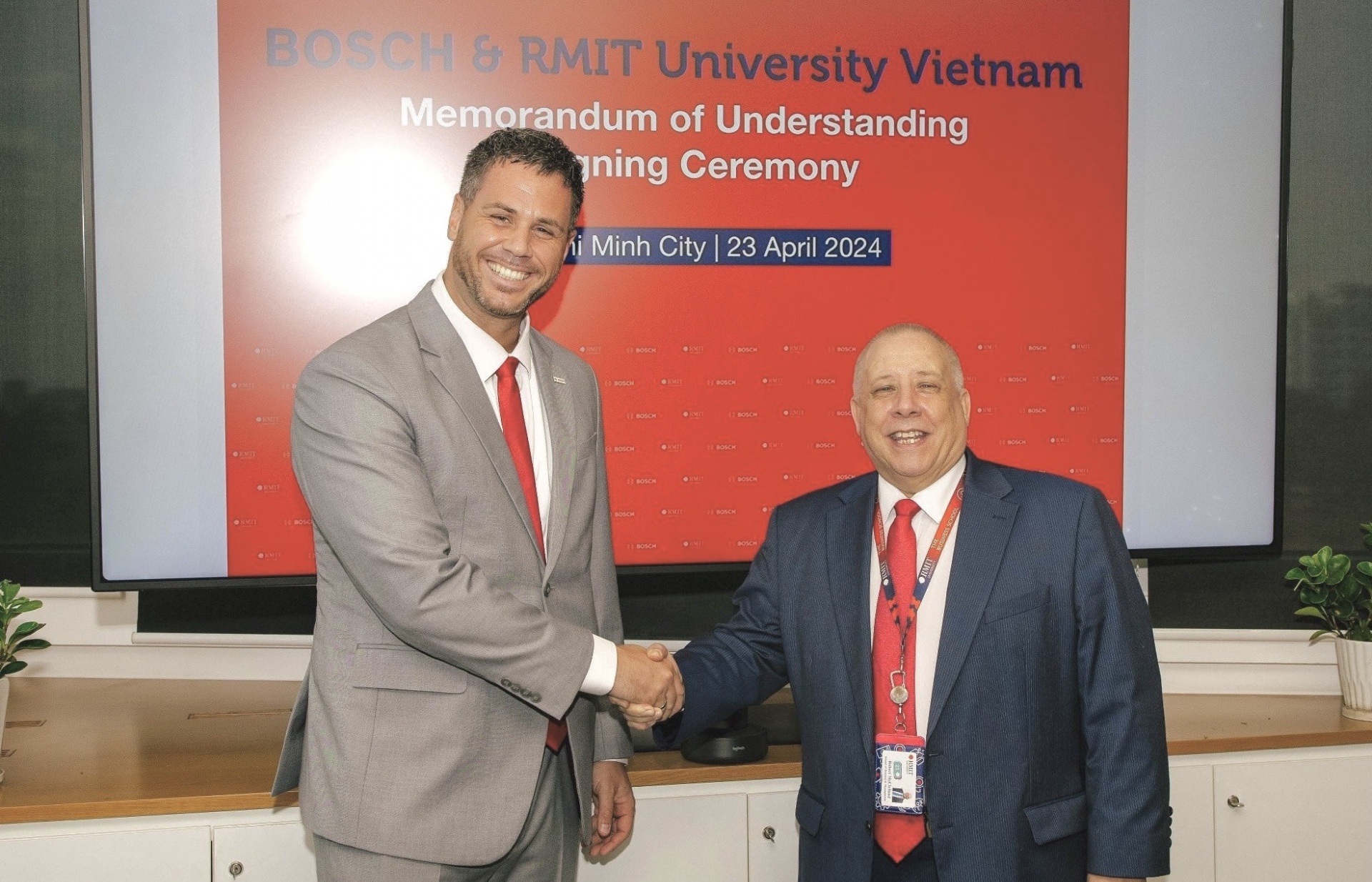





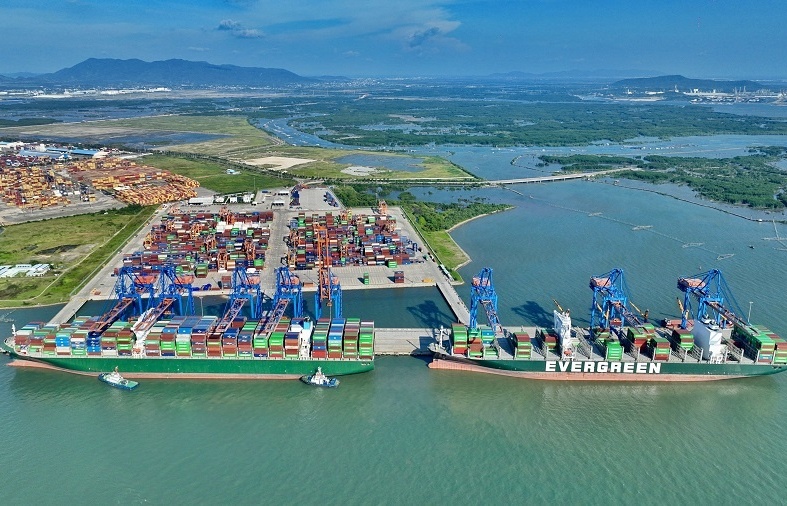


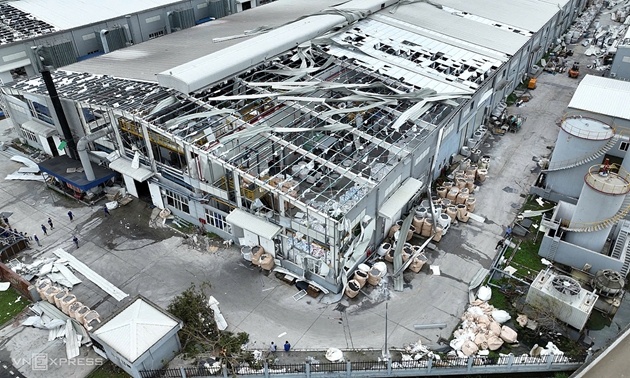










 Mobile Version
Mobile Version